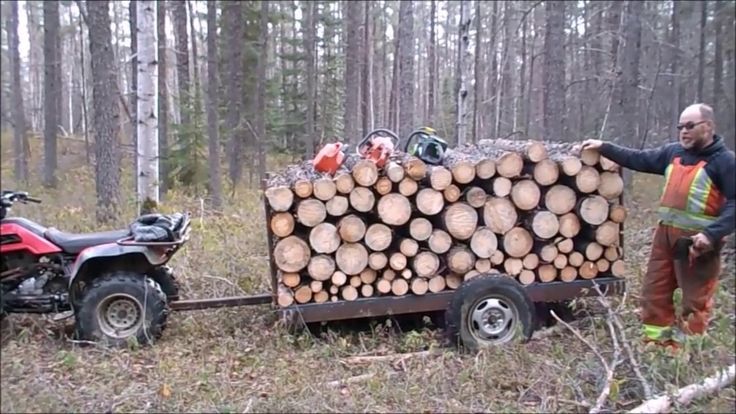Logging has been a part of American society for literally hundreds of years. Dating back to the 1600s and the Jamestown settlers, loggers traveled deep into the woods to cut and fell trees for use in their communities. From then to today, logging allows our society to make anything from paper to building materials. One notable difference between the Jamestown settlers and today’s loggers: today’s loggers have access to modern machinery, including off-road vehicles, to make this process just a little easier. Here are 5 ways loggers can use ATVs and UTVs to get the job done.
1. TransportationFour-wheelers and side-by-sides are a great way to travel deep into the woods, large enough to handle the terrain and small enough to maneuver between trees. These machines can go an average speed of 50 mph, giving loggers a safe, efficient, and reliable mode of transportation. Plus, additional cargo room that comes with off-road vehicles makes it easy to transport any supplies you might need.
Also, both ATVs and UTVs are designed to handle the dense forest roads that may be full of roots, holes, streams, and other tough topography.
If you’re heading out onto a trail less traveled, four-wheelers and side-by-sides can help clear the way. Whether clearing debris, plowing snow, or grading a trail, there are a number of attachments for your unit that can help with the process. Since a big part of logging is moving the tree from the cut site, having a clear path is important to the skidding process (which we’ll discuss a little further down).
3. WinchingOftentimes when a tree falls, it lands in a tight spot – potentially between other trees or set back from the trail. Since ATVs and UTVs are more compact than a full size truck, for instance, they are great machines to help move the log into position for skidding. Using a winch attachment, attach the cord to the log and let your unit do the rest.
4. Log SplittingIf you need to cut your logs down to size before moving them, there are portable log splitters that can tow behind your four-wheeler or side-by-side to the cut site.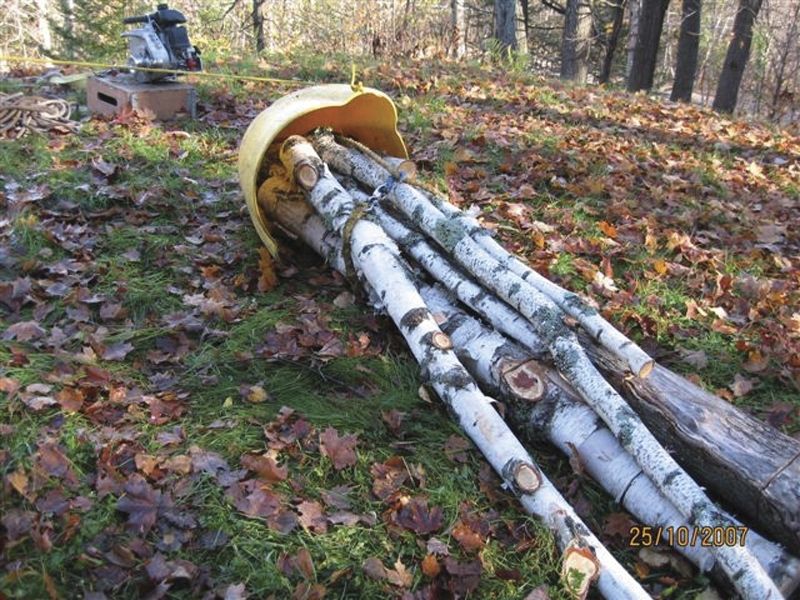 These attachments typically let you split the log either vertically or horizontally so you can get the logs sized down for transport.
These attachments typically let you split the log either vertically or horizontally so you can get the logs sized down for transport.
Once a tree has been cut down, it has to be hauled out of the forest so it can be processed and used. Considering that ATVs can typically haul between 1,200 – 1,500 lbs and UTVs can typically handle around 2,500 lbs, these machines are a great tool for pulling logs out of the woods. There are a number of attachments available, from heavy-duty trailers to dedicated log haulers, designed to work with your machine and make the hauling and skidding process easy.
Logging is labor intensive, no question, but using an ATV or UTV for some of the most common tasks can make the work a little bit easier. As you consider your options, check out ATVTrader.com for the largest selection of new and used four-wheelers and side-by-sides across the country, and follow along here for more helpful tips and tricks.
JavaScript is disabled. For a better experience, please enable JavaScript in your browser before proceeding.
Hi everyone, I was wondering if anyone could share their ideas or proven ways of getting the logs out of the woods with the least amount of damage, and dirt on the log.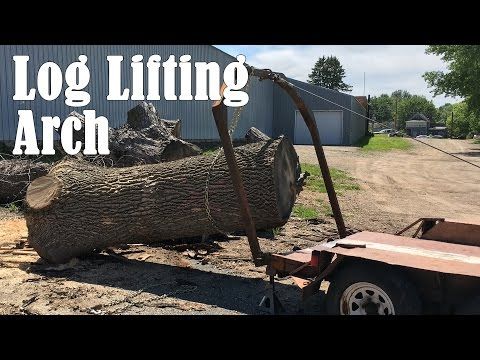 Currently I am just useing a strap and towing the logs out. It works as my ATV can pull anything, but then it's dirty as hell, and there's a path cut into the ground that could hold water. So, any ideas?
Currently I am just useing a strap and towing the logs out. It works as my ATV can pull anything, but then it's dirty as hell, and there's a path cut into the ground that could hold water. So, any ideas?
It seems you will need a log arch.
There are some log arches that will lift the from end of the log and minimze the impact you have on the ground. To me they seem a bit cumbersome to move through the woods. Another option is to get a nice choke cable from Bailey's ($25), and wait for the ground to freeze so as to keep from disturbing the soil.
To me they seem a bit cumbersome to move through the woods. Another option is to get a nice choke cable from Bailey's ($25), and wait for the ground to freeze so as to keep from disturbing the soil.
If the ground disturbance is what really bothers you, have you considered a drag for your ATV? You could use the drag over the log trail when you are done.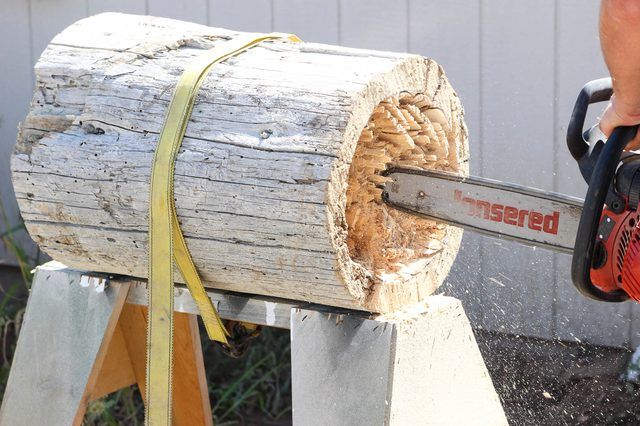
In order to avoid dirty logs, you need to get them off the ground. Using an atv, you can use a log arc, or load them on a trailer.
Definitely need a log arch. Some models lift the leading end and drag the tail, others elevate the whole log ( up to 20 foot).
Fill me in on why.
skid coneNovaJack
Log arch is what I use behind my atv.View attachment 200224
Two options.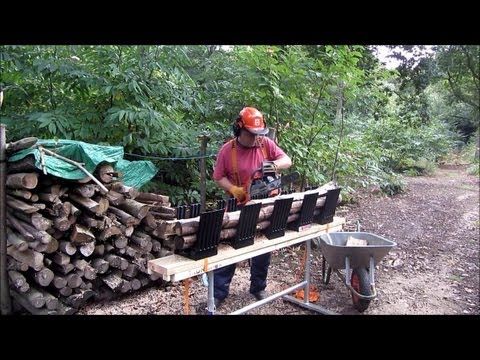
Arch or trailer.
Trailers get the bucked up rounds out clean, but you'll work harder.
Stay safe!
Dingeryote
Personally I would go with a trailer, that way it be a multi-task investment. A trailer comes in handy for a variety of uses, whereas a log arch is very limited in performing any other task. Just buck your logs up and load the rounds on the trailer and pull them out.
Buy a big enough trailer to do the job, it could double as a trailer to load your 4-wheeler on to tow behind the truck.
I built a small trailer last year just for this purpose.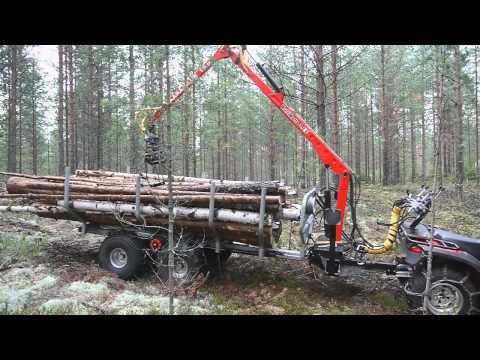 I made it exactly the same width as my four wheeler so I could manuvear it through the timber. I carry my saws in a saw box on the back rack. Works out perfect for me Trailer holds about 12 decent size rounds.
I made it exactly the same width as my four wheeler so I could manuvear it through the timber. I carry my saws in a saw box on the back rack. Works out perfect for me Trailer holds about 12 decent size rounds.
I made a choke chain for my atv. wrap the chain around the log and pull the log out of the woods onto the logging road. buck it up and throw it in the back of the truck.
I would agree with what others have posted. Either a log arch or a trailer. I went the route of the trailer, but since they logged over 1100 large mature trees from the woods that I cut in last winter, I haven't had a need to get down into to the ravines with my ATV to try the trailer out. Words of caution on the trailer. Be aware of how much you have on it, and how easy it is to tip over because it can take the ATV and you with it when it goes.
Either a log arch or a trailer. I went the route of the trailer, but since they logged over 1100 large mature trees from the woods that I cut in last winter, I haven't had a need to get down into to the ravines with my ATV to try the trailer out. Words of caution on the trailer. Be aware of how much you have on it, and how easy it is to tip over because it can take the ATV and you with it when it goes.
The reason that I chose a trailer instead of building a log arch was A - Cost, and B - Usefullness. I bought the trailer used and made a few mods to it. I have about $150 wrapped up in it. It just is big enough to haul my ATV on, which makes it very functional for me as I hate running the ATV up a set of ramps into the bed of my '93 F250. Get a little snow or even some rain and the ATV doesn't always like to stay on the ramps. On the down side, it has a 4' wide deck, and the 14" wheels stick out another 8 or 9" on each side, so its a lot wider than my ATV. It only has a 1K axle (or at least that's all I'll put on it) so it's limited to how much it can acutally haul by the axle, not the deck.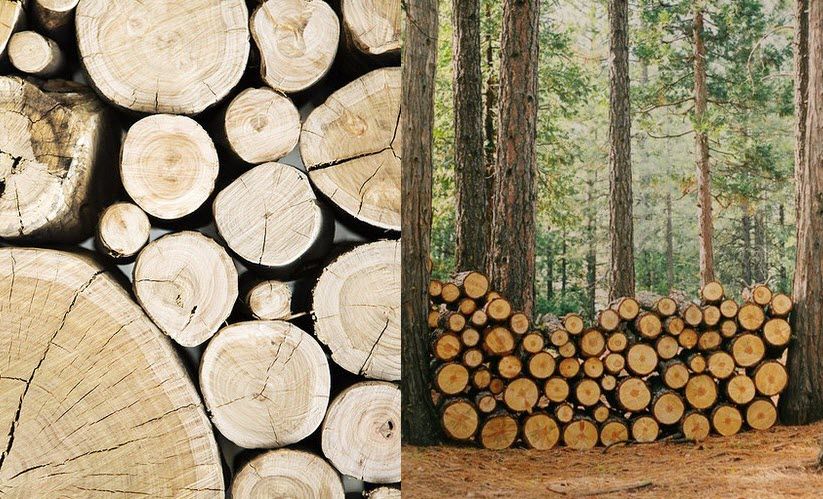 Also, it's easy to run the wheels into stuff when I'm pulling it through the woods trying to go around trees. At that point it becomes a real pain to get everything straightened back out and moving again. What ever tree I hit is now stuck between the ATV and the trailer with little or no room left for me to turn and get things clear. All in all the trailer works well so long as there's adequate room to get it in and out, and so long as the terrain isn't super rough or too much of an incline. You can also go with one of the smaller trailers made to pull behind a lawn tractor, but you're going to need to take a lot of trips to fill up a truck bed with one of those.
Also, it's easy to run the wheels into stuff when I'm pulling it through the woods trying to go around trees. At that point it becomes a real pain to get everything straightened back out and moving again. What ever tree I hit is now stuck between the ATV and the trailer with little or no room left for me to turn and get things clear. All in all the trailer works well so long as there's adequate room to get it in and out, and so long as the terrain isn't super rough or too much of an incline. You can also go with one of the smaller trailers made to pull behind a lawn tractor, but you're going to need to take a lot of trips to fill up a truck bed with one of those.
I really wanted a log arch, and still do, but looking at them I can tell that I'm goign to have over $200 in one plus a lot of time. I'd LOVE to build one just for fun, but I just don't have the time, and don't have $200 to put into materials for somethign that's only able to be used for cutting firewood. If I were cutting on my own land, then I would certainly build one and just haul the logs up to the barn lot for storage until I was ready to cut them.
I also looked into the log cones/sleds, and those looked like they had some promise. You'll still have dirt in the bark which is going to be hard on your chains, but the cone/sled keeps the front of the log from digging in making it easier to drag. I've heard of guys using the hood off an old car, or modifying a plastic 55 gal drum do do this as well. I opted against it because I still had to drag the logs, and I still had to cut dirt packed wood.
I have and use an 2004 arctic cat 650 atv, started as an le model with heavy duty bumpers. I mosified the rear frame/ bumper area and have a 2500lb warn at winch it there.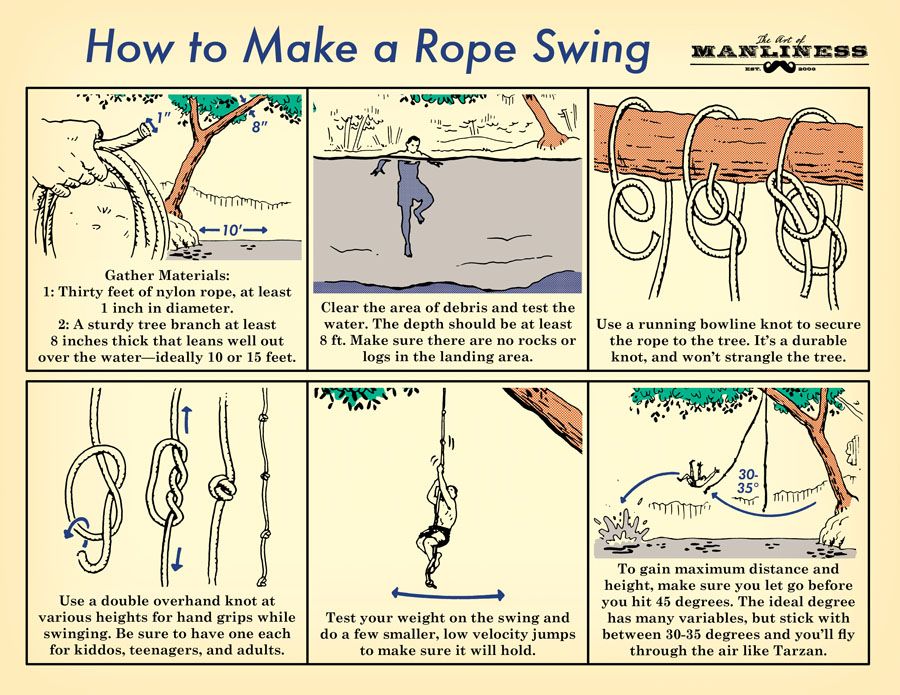 So I have front and rear winches. I use the rear winch and a short choke chain to pull logs in close to atv, usually raising front of log off of ground in process. I have dragged logs 18 in and 25 ft long with this setup.
So I have front and rear winches. I use the rear winch and a short choke chain to pull logs in close to atv, usually raising front of log off of ground in process. I have dragged logs 18 in and 25 ft long with this setup.
It will make marks on the trails but not too bad. I also agree with waiting til dry season or winter when ground is cold,, logs move easier. Good luck
How about a small forwarding trailer, that's what I use. If you can pull alongside the trees right where you drop them you could load em up dirt free. They're easier to buck up because they're off the ground and it's way more productive than a log arch where you're pulling one or two trees at time. You could pull a descent sized load depending on your terrain.
You could pull a descent sized load depending on your terrain.
I pull the trees out, buck them into 9' or 15' lengths and then load them. I don't worry about the dirt too much, just watch out for little rocks stuck in the bark. I usually get two to four loads bucked up into rounds before I need to give the chain a little tickle.
Chumwithrum can you take a picture of that hitch? I think i know what they did to lessen the shock of starting and stopping.. just wanting to make sure..
BTW Nice trailer and thanks for sharing pictures.
chumwithrum said:
How about a small forwarding trailer, that's what I use.
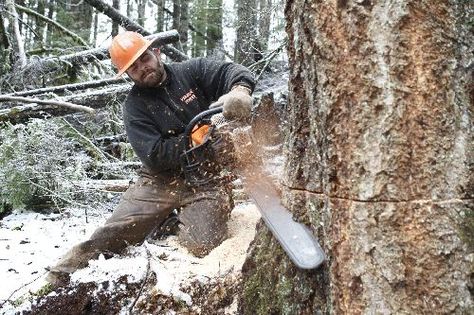
Click to expand...
Really nice looking trailer. Is this a unique trailer, or just something I have never known to look for?
Would like to see a photo sequence of how you load those upper logs.
Philbert
Garmins dad said:
Chumwithrum can you take a picture of that hitch? I think i know what they did to lessen the shock of starting and stopping.. just wanting to make sure..
Click to expand...
It's just a pipe with a couple of stiff springs on it that fits inside another pipe. It also rotates 360* in case the trailer rolls over it doesn't flip the four wheeler too.
It also rotates 360* in case the trailer rolls over it doesn't flip the four wheeler too.
Are thinking about building one?
Philbert said:
Really nice looking trailer. Is this a unique trailer, or just something I have never known to look for?
Would like to see a photo sequence of how you load those upper logs.
Philbert
Click to expand...
I got it from novajack.com it also has a removable dump box.
There is some more pics here http://www. arboristsite.com/firewood-heating-wood-burning-equipment/143850-4.htm
arboristsite.com/firewood-heating-wood-burning-equipment/143850-4.htm
I usually save the smaller logs and load them last. When they're too heavy to load by hand I winch them on the same way as in the pictures, except the chain hooks into the holes at the top of the stakes. I'll get some pics the next time I go out.
Commercial splitter but no conveyor - looking for suggestions to improve efficiency
2
esshup
Where do fallers get their experience from?
2
davidwyby
Vermeer BC700XL - Needs wider tires!
GenXer
Buying a Wood Splitter?
121314
GeeVee
Recommendations for getting these pines cut down in our back yard?
2
StihlPotlicker
Share:
Facebook Twitter Reddit Pinterest Tumblr WhatsApp Email Share Link
Scrounging Firewood (and other stuff)
Firewood, Heating and Wood Burning Equipment
J
The Beg for Manuals Thread
Chainsaw Stickies
J
Makita 6421 Sounding funny - Lack of Power
Chainsaw
J
Chain hygiene
Chainsaw
Want to Sell 20" GB Husky bar
Chainsaw Parts & Tools
Windfall Whips and Widowmakers, the Hazard's of Working in the Woods.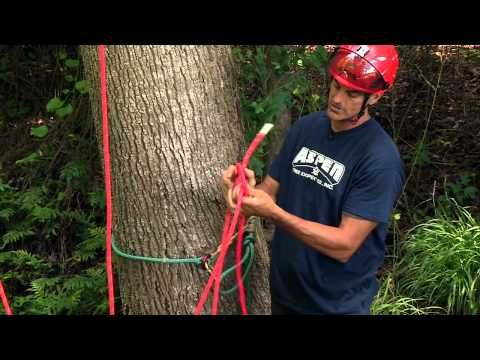
Forestry and Logging Forum
J
Are Carbide Chains Worth the Extra Cost?
Chainsaw
Help me decide on a bigger saw?
Chainsaw
Top
ATVs most often choose two-seat models - they are safer on climbs and descents, stable in turns, and in the absence of a passenger they allow you to carry more cargo and fuel.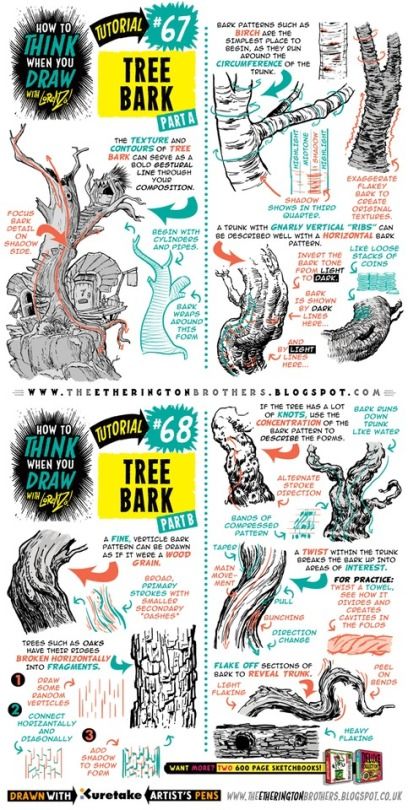 Single models are distinguished by compactness and low weight, but not everyone will feel the difference in 15-30 cm in length and 50 kg of weight off-road. We will tell you more about the pros and cons of single and double ATVs in the article.
Single models are distinguished by compactness and low weight, but not everyone will feel the difference in 15-30 cm in length and 50 kg of weight off-road. We will tell you more about the pros and cons of single and double ATVs in the article.
It is dangerous to ride two-seat ATVs together. The front part begins to bounce even on pits and bumps, and when you try to overcome the rise, there is a big risk of rolling over. This happens because the passenger's center of gravity is above or behind the rear axle.
On two-seater models, the driver and passenger are "inside" the wheelbase, thereby reducing the risk of rollover.
Manufacturers try to pass off some single-seat ATVs as two-seat ones, for which they put an extra seat. Such models are called "one and a half". It is just as dangerous to ride two of them as it is on ordinary single-seat models.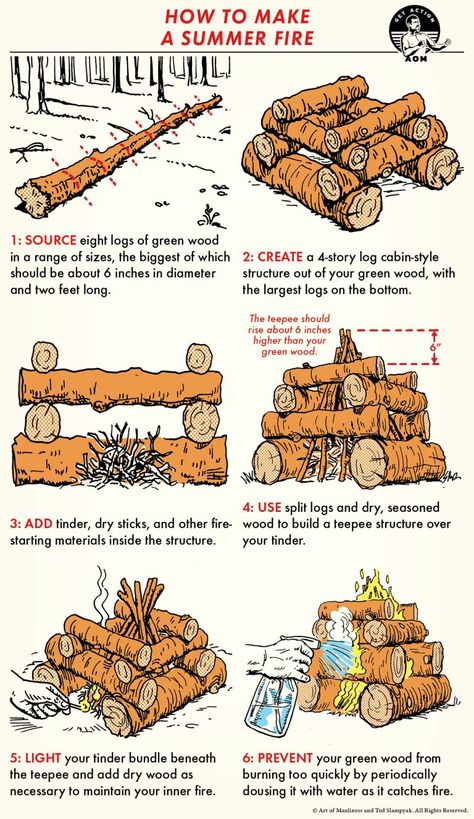 You can calculate the "lorry" by the wheelbase - for full-fledged double models, it cannot be less than 1440 mm.
You can calculate the "lorry" by the wheelbase - for full-fledged double models, it cannot be less than 1440 mm.
A single-seat ATV is 15-30 cm shorter than a two-seat ATV, which simplifies maneuvering in dense forest and reduces the turning radius. The weight of single models, as a rule, does not exceed 400-410 kg - even in the case of "liter" models. Light weight improves mud traction and acceleration dynamics.
Because of the short wheelbase, a single-seat quad is prone to roll over on hills – even when riding alone. This is especially critical for a beginner who, due to lack of experience, will not be able to transfer body weight in time and accurately work with gas. Also, a short wheelbase worsens stability at high speeds, the ATV rolls more in corners.
The long wheelbase provides the 2-seat ATV with high longitudinal stability - it reduces the risk of rollover on steep ascents or descents.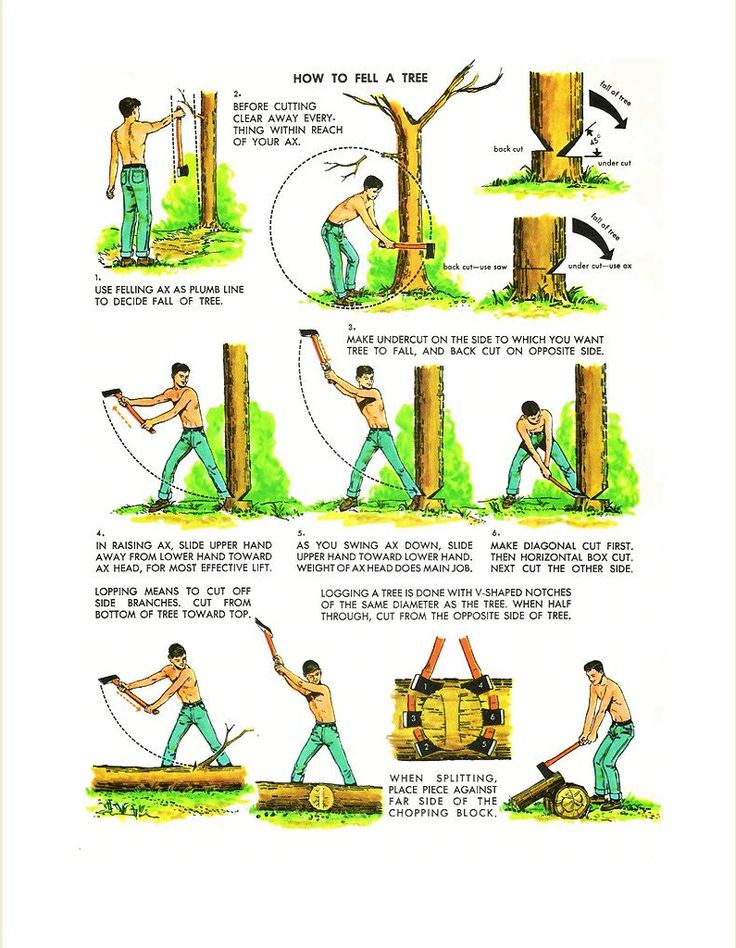 Also due to the length of the wheelbase, it is more stable at high speed.
Also due to the length of the wheelbase, it is more stable at high speed.
When riding a two-seater ATV, the passenger does not slip onto the driver and does not “peck” him with the visor of the helmet, he can comfortably stand up on the steps when driving through potholes and bumps.
In theory, the geometric cross-country ability of two-seater ATVs is worse than that of single-seat ones, due to the longer wheelbase. In practice, two-seater models roll over logs, fallen trees and other obstacles more easily. It is also easier for them to overcome a deep ditch or ravine - models with a short base in similar conditions try to stand on their hind legs and somersault back.
Another advantage of two-seat ATVs is capacity. In the passenger seat, you can, for example, put a fuel canister.
A two-seat ATV is less maneuverable than a single-seat ATV. In the narrowest places, in order to choose a good trajectory, you have to back out. This can be critical for athletes who count every second.
This can be critical for athletes who count every second.
A single-seat ATV is a great choice for racing. Compactness will save time when passing through narrow spaces. A small mass has a positive effect on acceleration, allowing the equipment to better “pull” in the mud and fail less.
For other purposes, it is better to choose a two-seater ATV. The long wheelbase reduces the risk of rollovers on hills and allows for safer cornering at high speeds. When passing logs and other obstacles, there is less chance of hanging on the bottom - the equipment easily rolls over them. The passenger does not interfere with the driver, he has his own full-size steps and a comfortable seat. When driving alone, the passenger seat can accommodate additional cargo or a canister of gasoline. The difference in cross-country ability with a single-seat ATV will not be obvious to most.
All CFMOTO ATVs are full two-seat models that can comfortably fit driver and passenger. They are also distinguished by reliable components and a 2-year unlimited mileage warranty.
They are also distinguished by reliable components and a 2-year unlimited mileage warranty.
From time to time, the quad is acting up and not behaving as you would like. Nothing beautiful lasts forever, right?
One of the most common faults you may encounter is the ATV suddenly pulling to the left or right.
If you're lucky, your problem may have a simple solution)
Let's take a look at some of the most common causes of ATV pulling to the side, and of course, here we'll talk about how to get rid of these problems.
The most common problem that causes the ATV to pull to one side is the difference in rolling resistance due to different tire pressures. Also, the problem may be associated with natural wear or damage to various components of the chassis of the ATV and, as a result, a violation of the angle of the wheels.
So how do you determine what is causing problems when riding an ATV?
As you probably already understood, there can be several reasons.
To understand why an ATV wants to pull off the road and dive into a ditch when you really don't want to, you need to do a number of checks.
Although I don't have exact statistics to tell you which malfunction occurs most often, I still recommend that you start with what is easiest to check and fix before spending time and money on more unusual and potentially more complex searches.
In my experience, the most common cause, and by far the easiest problem to check and fix, is uneven ATV tire pressures.
Let's look at what happens when ATV tires have different pressures.
A flat tire has a larger area of contact with the road surface than a normally inflated wheel, as a result of which the friction force, and hence the rolling resistance force, applied to such a wheel will be higher.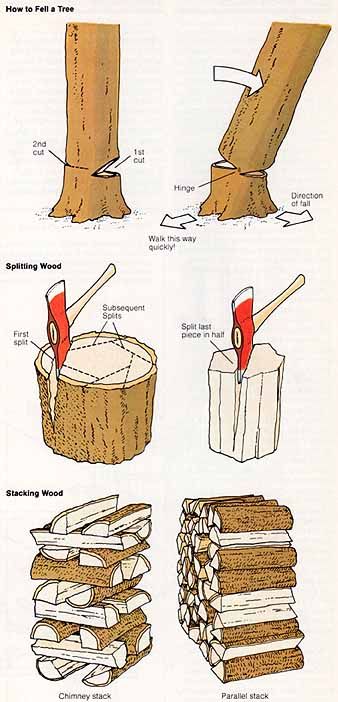 The wheel will roll more slowly. The opposite wheel will run ahead and try to turn the ATV around the slow wheel. That is, if the ATV pulls, for example, to the left side, most likely, the fact is that the left wheel is lowered.
The wheel will roll more slowly. The opposite wheel will run ahead and try to turn the ATV around the slow wheel. That is, if the ATV pulls, for example, to the left side, most likely, the fact is that the left wheel is lowered.
To solve this problem, you need to equalize the air pressure in the ATV tires. It is best to refer to the operating instructions, which must indicate the required air pressure in the wheels recommended by the manufacturer. The pressure in the wheels installed on the same axle of the ATV must be the same.
At the same time, you should be aware that due to the design features and weight distribution of the ATV, the tire pressure on the front and rear axles may differ.
Check with a good tire pressure sensor.
Most manufacturers complete the ATVs with a set of tools and a sensor for checking air pressure in wheels, for example, ATVs Yacota SELA 200 , Yacota SELA 150 , Yacota Cabo 200083, Yacota Cabo 20082, , , , , MOTAX 200 , MOTAX GRIZLIK and MOTAX RAPTOR .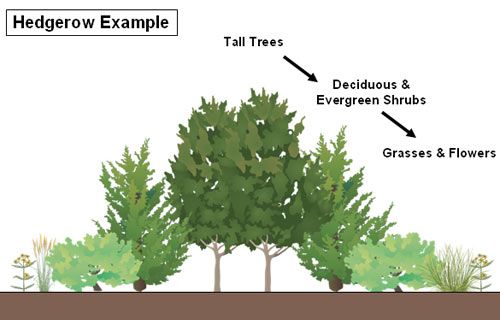
ATVs MOTAX and YACOTA have these sensors in the standard tool kit. If there is no such device in your kit, I recommend that you definitely purchase it. A very slight difference in air pressure in the tires may well be the reason that the ATV pulls to the side when driving in a straight line.
The air pressure should be checked in both the front and rear tires. True, uneven pressure in the rear tires, most likely, will not be the reason for the withdrawal of the ATV from a straight path. Different pressure in the rear tires can provoke another malfunction - premature wear of the rear differential, due to the increased load on it. But this is a story for a separate review.
I always keep this inexpensive instrument in my tool kit, its accuracy is good enough to use.
Also make sure that the maximum tire pressure is not exceeded.
ATV wheels can wear differently over time, resulting in the diameter of one wheel being different from the diameter of another wheel. This can also cause the ATV to pull to the side.
This can also cause the ATV to pull to the side.
To check if the front wheel diameters are the same, you can do a simple check: place the ATV on a level surface and use chalk to make a mark on the sidewall of each front tire at the lowest point.
Wheels must be pointing straight ahead, gear lever in neutral position. Roll the ATV forward until one of the wheels has made two or three revolutions and the mark you just made is back to the very bottom, to its original position. Look at the mark on the opposite tire. Ideally, it should also be at the very bottom. If this is not the case, the wheel circumferences do not match.
If the reason for the ATV pulling to the side lies in the difference in wheel circumference, then when driving to the right, the right tire should have a smaller circumference, and when driving to the left, the left one.
The circumference of the wheels can differ not only due to uneven wear, but also due to the difference in air pressure in the tires.
The wheel is like a balloon, the higher the pressure, the larger its diameter and vice versa.
For this operation, you need to lift the ATV, put it steadily on the supports so that all the wheels are in a suspended state.
It is very convenient to use a motorcycle stand to lift the ATV. If you do not have them yet, and you plan to service the ATV yourself, I recommend purchasing them. They are relatively inexpensive. Tackles will greatly simplify the ATV maintenance process.
Check that there is no excessive play in the ATV suspension and steering joints. Start with the tie rods and steering rack. This operation is more convenient to carry out with an assistant. Have an assistant move the ATV handlebars to the right and left, often and with a small range of motion. And you, in turn, keep your hand on the swivel, which are subject to verification. Check the steering tips and tie rods one by one. You will feel the excess play in the hinge with your hand. If the ATV steering wheel has excessive play, but the tie rod and steering tip are in order, then the steering rack itself or the steering shaft bushing may have play, which can also be checked by hand. The steering column bushing usually wears out over time. The same goes for the ball joints on the tie rods.
You will feel the excess play in the hinge with your hand. If the ATV steering wheel has excessive play, but the tie rod and steering tip are in order, then the steering rack itself or the steering shaft bushing may have play, which can also be checked by hand. The steering column bushing usually wears out over time. The same goes for the ball joints on the tie rods.
Tighten any loose bolts and replace worn parts. Worn parts can break soon, so replacing them won't be a waste of money, even if their wear isn't the reason your ATV pulls to one side.
In addition, the wheel bearings must be checked for excessive play.
To do this, ask an assistant to take the wheel by the hands of the upper and lower parts and shake it, while you check the play in the ball joints and wheel bearings.
Check how easy the wheels turn. The wheels should rotate freely, without noise and crackling. The presence of noise indicates wear on the hub bearing. And the tight running of the wheel is about bearing wear or souring of the brake pads. As we said, if one of the ATV's wheels is spinning at a slower speed than the other wheel, the ATV will pull towards the slow wheel.
As we said, if one of the ATV's wheels is spinning at a slower speed than the other wheel, the ATV will pull towards the slow wheel.
If necessary, replace the bearings and service the front brake calipers. Sometimes the caliper is easy enough to clean, and sometimes you can’t do without replacing the brake cylinders or the caliper bracket itself.
Finish with suspension lubrication. The chassis of ATVs of the brands YACOTA , MOTAX , AVANTIS is equipped with special grease fittings through which you can easily lubricate the desired suspension unit. We have already told, in one of the reviews, using the example of a gasoline 125 cc ATV MOTAX T-REX , about the features of maintenance of the ATV suspension. Regular maintenance of your ATV will definitely prolong its life.
Control check three: checking the running gear for geometry violations.
If you use the ATV for active riding or sports, then it is possible that you have bent some part of the suspension on the next jump. ATV front suspension A-arms are especially prone to damage if you hit a stump or rock while riding. "Fast-growing" trees suddenly appearing in front of the ATV as you drive, a common story!)
ATV front suspension A-arms are especially prone to damage if you hit a stump or rock while riding. "Fast-growing" trees suddenly appearing in front of the ATV as you drive, a common story!)
A-arms are designed to absorb heavy suspension shocks and, through their integrity, retain more expensive and hard-to-find ATV parts that are more difficult, more expensive or even impossible to repair, for example, an ATV frame. It is not always easy to see if the suspension arm is bent or not. It happens that the levers do not have a symmetrical shape, because the ATV suspension was originally designed this way by the manufacturer.
Compare the distance between the axles of the front and rear wheels of the ATV on the right and left sides. If there is a difference, then one of the suspension arms is most likely damaged.
The camber and toe angle can be adjusted by eye yourself, but it is better to contact specialists who have the necessary measuring equipment and data on the required wheel alignment values.